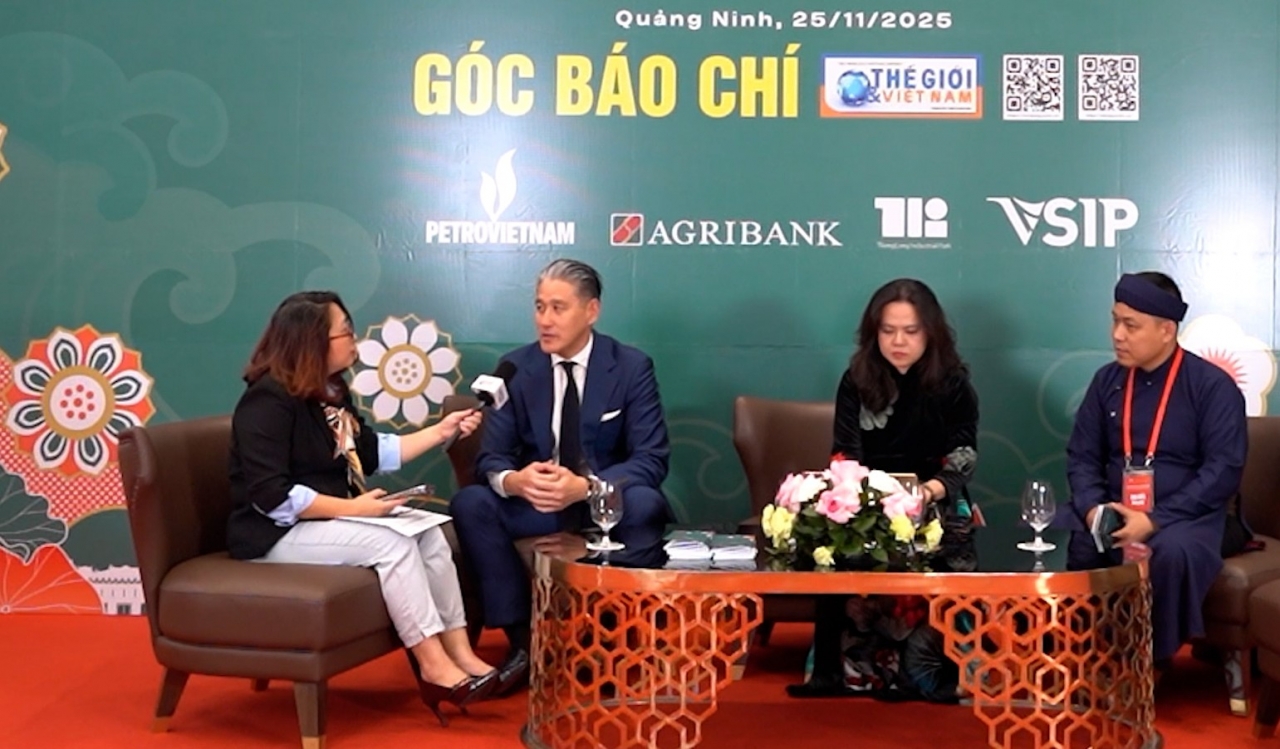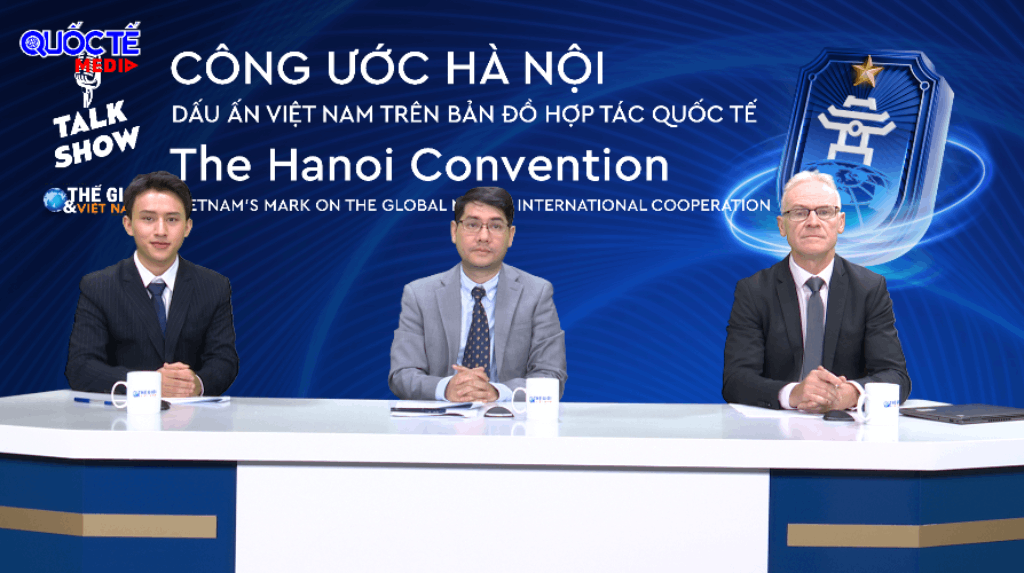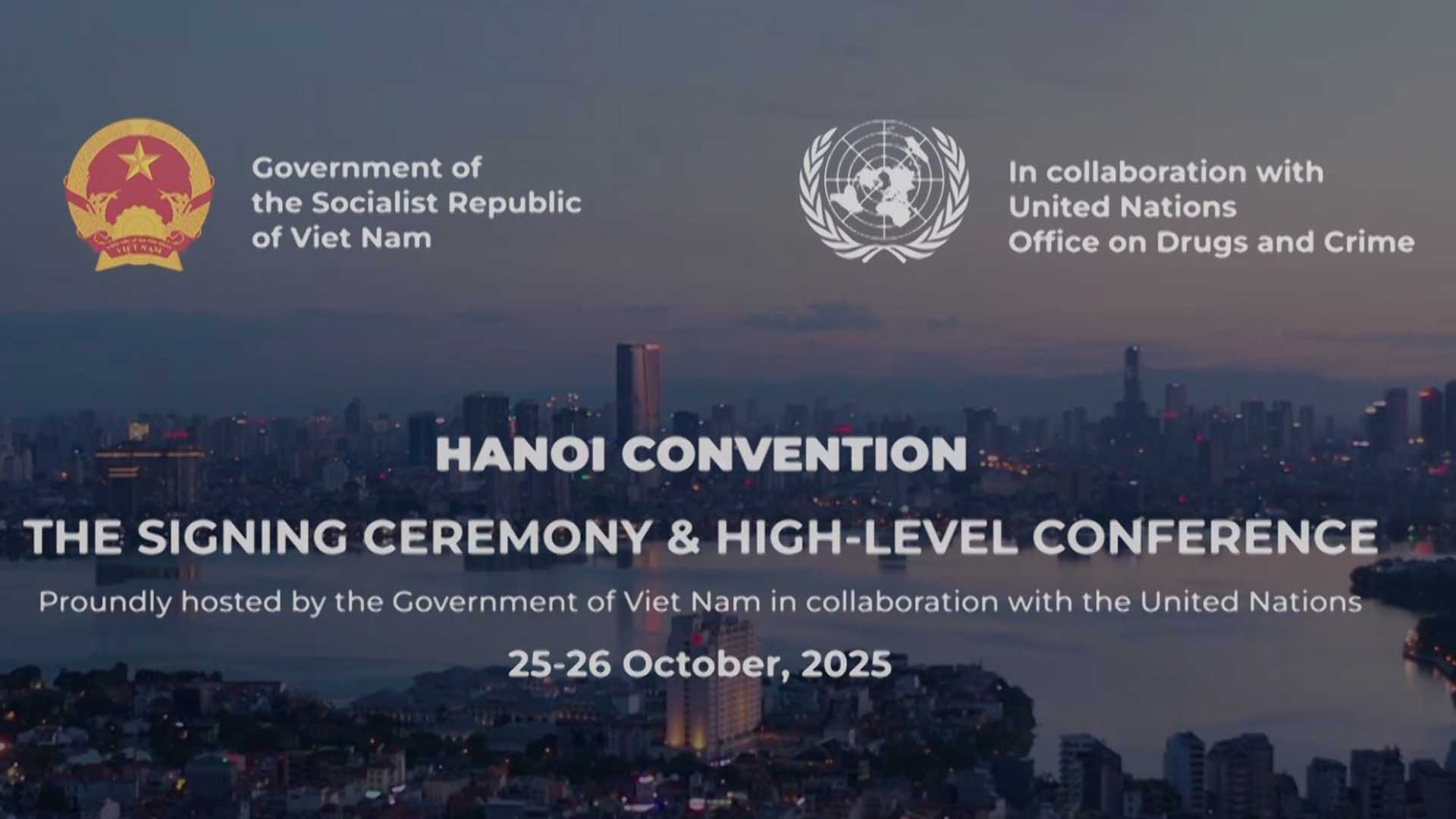
Lao Cai: Connecting the land and people of Vietnam and China
Latest
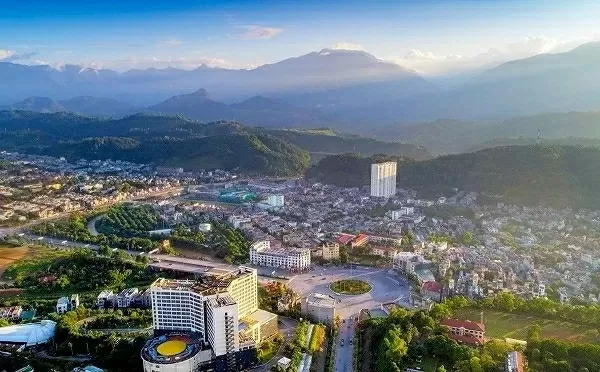 |
| Lao Cai: Lao Cai possesses unique advantages along with numerous high-potential and highly competitive strengths that are favourable for socio-economic development. (Photo: VGP) |
Lao Cai is a mountainous northern border province, adjacent to Yunnan Province, China, with a border stretching over 182 kilometers. Covering an area of 6,384 square kilometers and home to more than 730,000 people, this land is inhabited by 25 ethnic groups living together in harmony.
A Land Where Potential Converges
Lao Cai possesses unique advantages along with numerous high-potential and highly competitive strengths that are favourable for socio-economic development. The province holds a particular strength in developing a border-gate economic zone, thanks to its central position along the Kunming – Lao Cai – Hanoi – Hai Phong – Quang Ninh economic corridor. This strategic location serves as a transit hub for goods, services, and trade between the Southwest China market and Vietnam as well as other ASEAN countries. It is also the shortest route (approximately 854 km) from Kunming, the capital of Yunnan Province (China), to the seaport.
Lao Cai has two international border gates (road and railway) and several auxiliary gates and crossings with Yunnan Province of China, along with an inter-regional transportation network that includesexpressways, railways, waterways, and, in the near future, air transport.
The Lao Cai Border-Gate Economic Zone, covering a total area of 15,929.8 hectares, is equipped with relatively complete infrastructure and services. It is one of eight key national border-gate economic zones receiving investment from the Vietnamese Government.
Thanks to its unique topography and a temperate, cool climate, Lao Cai is a popular tourist destination for both domestic and international visitors. Well-known places such as Sa Pa, Bac Ha, Bat Xat, and the Hoang Lien Son mountain range, with Fansipan Peak standing at 3,143 meters — known as the "Roof of Indochina" — have firmly established Lao Cai’s position on Vietnam's tourism map. In addition, Lao Cai is home to many distinctive tangible and intangible cultural heritages. In 2024, the province's tourism sector welcomed around 8 million visitors, generating revenues of approximately 27 trillion VND, a 12.4% increase compared to the previous year. Lao Cai aims to attract 10 million visitors and generate over 44 trillion VND in tourism revenue by 2025.
With its cool climate favourable for temperate crops, Lao Cai has developed many high-value agricultural production models, including pears, plums, peaches, flowers, temperate vegetables, cold-water fish, and especially medicinal herbs — an area that falls within Vietnam’s national planning for medicinal plant development.
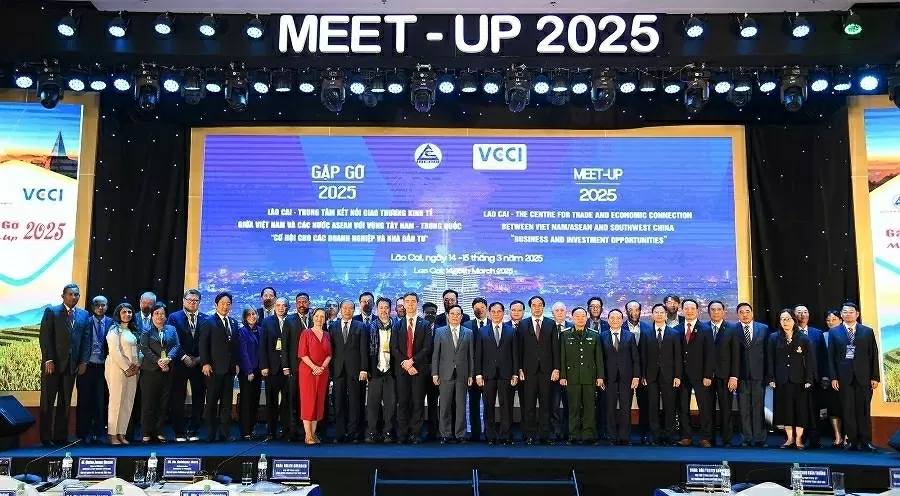 |
| Lao Cai: The event "Meet 2025" between Lao Cai – A Hub for Economic Trade Connectivity between Vietnam and ASEAN Countries with Southwest China in Lao Cai City, Lao Cai Province, on March 14, 2025. (Photo: VGP) |
Blessed with abundant and diverse natural resources, Lao Cai also holds strong potential for industrial development. The province is home to over 35 types of minerals, including large reserves of high-quality resources such as apatite, the Quy Sa iron mine, and the Sin Quyen copper mine. In addition, Lao Cai contains dozens of rare and valuable minerals such as gold, silver, granite, and rare earth elements.
A hub for economic trade connectivity
Recognizing Lao Cai’s strategic importance, the Government has implemented numerous policies to maximize the province’s potential and advantages.
In December 2024, a comprehensive plan was issued to develop Lao Cai into a central hub for economic trade connectivity between Vietnam, ASEAN countries, and Southwest China. The plan outlines a vision to transform Lao Cai into a critical gateway and transportation and economic connection point for the Northern Midlands and Mountainous region, linking Vietnam and ASEAN with Southwest China, supported by modern and synchronized transport infrastructure.
The development of the Lao Cai Border-Gate Economic Zone is central to this vision—positioning it as a major logistics and transshipment hub along the Kunming – Lao Cai – Hanoi – Hai Phong – Quang Ninh economic corridor and within the Greater Mekong Sub-region (GMS) economic cooperation framework. The province is also planned to become a center for financial services, tourism, commerce, and international event hosting. Further initiatives include the development and operation of a smart border gate and a pilot cross-border economic cooperation zone at the Lao Cai border. By 2030, Lao Cai aims to become a regional growth pole and one of Vietnam’s more developed provinces, with a long-term vision to 2050 of becoming a nationally advanced and dynamic province.
The Master Plan for the Northern Midland and Mountainous Region for the 2021–2030 Period, with a Vision to 2050, also outlines key tasks and breakthrough areas to strengthen the connection between Lao Cai province and other provinces within Vietnam as well as with international partners.
It is evident that the connectivity between Lao Cai Province and Yunnan Province in particular, and the southwestern regions of China in general, is increasingly emphasized. This has brought numerous opportunities for economic cooperation and investment between localities on both sides, as well as between Vietnam and China.
Promoting Friendly Cooperation
Throughout its development stages, Lao Cai has consistently pursued a policy of expanding external relations, actively integrating and internationally cooperating.
In recent times, Lao Cai has paid close attention and provided guidance at all levels and sectors to implement foreign affairs objectives and tasks in accordance with the Resolution of the 13th National Party Congress and the 16th Provincial Party Congress of Lao Cai for the 2020–2025 term. The province has also carried out Implementation Plan No. 11 by the Provincial Party Committee on "Expanding external relations, proactively integrating and cooperating internationally, for the 2020–2025 period." This includes activities by provincial leaders and overseas promotion programs aimed at enhancing cooperative and friendly relations with other localities, especially those with traditional ties such as Yunnan Province. As a border province adjacent to Yunnan (China), Lao Cai has always identified the promotion of friendly cooperation with Yunnan as a central and ongoing task in the province's leadership and directives.
In 2024, the province successfully coordinated and organized the 4th Annual Conference between the Party Secretaries of the provinces of Lao Cai, Ha Giang, Lai Chau, and Dien Bien (Vietnam) and the Party Secretary of Yunnan Province (China). At the conference, a ceremony was held to sign cooperation and friendship exchange agreements between the People’s Committee of Lao Cai Province and the People’s Government of Wenshan Prefecture (Yunnan Province); and between the People’s Committee of Lao Cai and the People’s Government of Honghe Prefecture, Yunnan Province (China) for the 2024–2028 period.
Alongside this, various programs and events were organized to effectively implement the minutes and cooperation agreements already signed between the two provinces.
 |
| Lao Cai: The Cultural Exchange Program to Welcome Spring Across the Border and the 2025 Vietnam – China Border People’s Festival at Dinh Le Square, Lao Cai City, Lao Cai Province, on January 16, 2025. (Photo: vietnam.vn) |
The friendly cooperative relationship has been built on agreements signed between localities of Lao Cai and China, such as: the Friendship Cooperation Agreement between the People’s Committee of Lao Cai Province and the People’s Governments of Wenshan and Honghe Prefectures (Yunnan Province); and the Agreement on Strengthening Cooperation between the People's Committee of Sa Pa Town and the People’s Government of Jinping County, Yunnan Province.
As of now, six pairs of border hamlets/villages between Lao Cai Province and Yunnan Province (China) have established twinning relationships. In terms of Border Post–Station partnerships, ten border posts in Lao Cai Province have formed partnerships with 19 stations, companies, and battalions of the border defense forces in Yunnan Province. Lao Cai is the first province along the entire Vietnam–China border to implement this model. This initiative is a highlight in people-to-people diplomacy and is being studied and replicated by other provinces along the Vietnam–China border. Through these efforts, people from both sides—at the village level, the provincial level, and even nationally—are jointly nurturing the solidarity, friendship, and traditional bonds between Vietnam and China.
As the 75th anniversary of diplomatic relations between the two countries is progressing, and with 2025 designated as the Year of Vietnam-China Humanistic Exchange, Lao Cai Province is filled with determination to leverage its strengths and potential, while actively implementing flexible solutions to enhance economic trade connectivity and foster ties between the peoples of both countries. These efforts contribute meaningfully to building a Vietnam–China Community with a Shared Future, carrying strategic significance.







